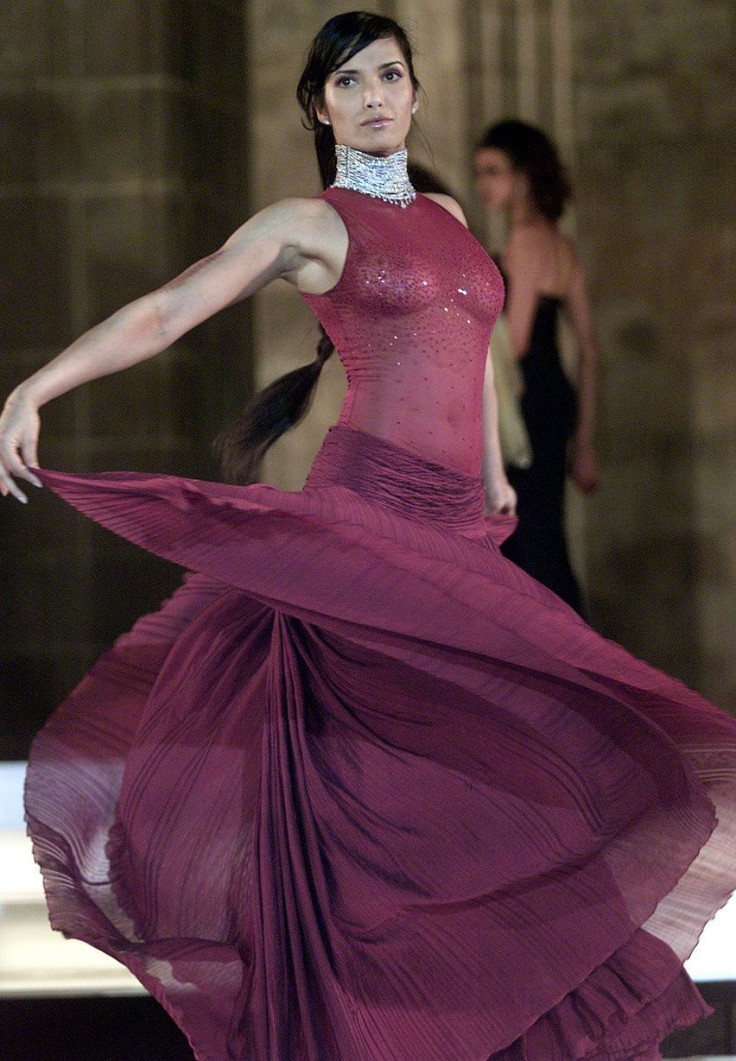Why Women Diagnosed With Rare Gynecological Condition Are "Unusually Attractive"

Women with the most severe form of endometriosis also happen to be unusually attractive, according to Italian scientists.
A new study involving 300 women, 100 with rectovaginal endometriosis, 100 with less severe endometriosis, and 100 without endometriosis but were undergoing gynecologic surgery for other reasons, found that women with the most severe form of the gynecological condition were judged to be significantly more attractive than women in other groups.
Results from the study show that while only 8 percent of women with milder endometriosis and 9 percent of women without the condition were rated as attractive or very attractive, 31 percent of women with the most severe form of the disorder were judged the highest on a 5-point scale by a group of independent observers who did not know of the women's diagnosis.
Endometriosis is a female health disorder that occurs when cells that normally line the uterus or womb grow into other areas of the body such as on the ovaries, rectum, bladder or pelvic area. These extra growths respond in the same way uterine cells normally react to the hormonal changes that happen over a woman's monthly cycle by thickening and shrinking, resulting in symptoms like pelvic or low back pain and bleeding.
The disorder is believed to affect 5 to 10 percent of women. The most severe form of the disease is called rectovaginal endometriosis, is much less common than milder forms.
"Several researchers believe that a general phenotype exists which is associated with the disease," said study author Dr. Paolo Vercellini, an obstetrician and gynecologist at Universita degli Studi in Milan, according to My Health News Daily. Scientists say that the findings, published in the journal Fertility and Sterility, suggest that a more feminine body type may predispose women to develop severe endometriosis.
Results from the study revealed that women severe endometriosis had lower body mass indexes, and larger breasts, than those without the disease. However, researcher did not find a significant difference in waist-to-hip ratio, a measurement of attractiveness, between the groups.
Researchers also found that women with severe endometriosis were more likely to have had sexual intercourse before age 18, suggesting that these women could have been more attractive, even during adolescence.
Past studies also linked several physical characteristics to women with women with endometriosis like body size, body mass index, hair color, eye color, skin color and fat tissue distribution. Research on endometriosis may help scientists identify the hormones or genes linked with a women's risk of developing the uterine condition.
Researchers are unsure as to why women with severe endometriosis are more attractive than others but the believe that the hormone estrogen could be partly responsible as previous research has shown that more-attractive women have higher levels of estrogen, suggesting that higher levels of the hormone also may be linked with the development of endometriosis. It could be that the hormone estrogen "might favor the development of aggressive and infiltrating endometriotic lesions, particularly in the most feminine subjects," the authors wrote in their study.
However, scientists also speculate that the same genes that play a role in a woman's physical appearance could also raise her risk of developing severe endometriosis. Researcher noted that the attractiveness of the women with mild endometriosis did not differ from that of women without the condition, and that it was only the women with rectovaginal endometriosis who were judged to be more attractive.
Published by Medicaldaily.com



























